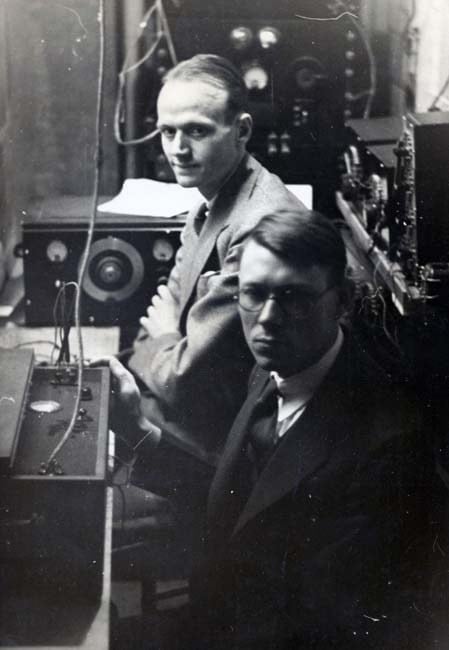The Cat Telephone
By Arthur Kim ’18
What do a cat and a telephone have in common? They were the same thing in an experiment conducted in 1929 by Professor Ernest Glen Wever and his research assistant Charles William Bray here at Princeton University. Wever and Bray took an unconscious, but alive, cat and transformed it into a working telephone to test how sound is perceived by the auditory nerve. To do so, they first sedated the cat and opened its skull to better access the auditory nerve. A telephone wire was attached to the nerve and the other end of the wire was connected to a telephone receiver. Bray would speak in the cat’s ears, while Wever would listen through the receiver 50 feet away in a soundproof room. The common notion during this time w… Continue ReadingSource: https://blogs.princeton.edu/mudd/2017/04/the-cat-telephone/
